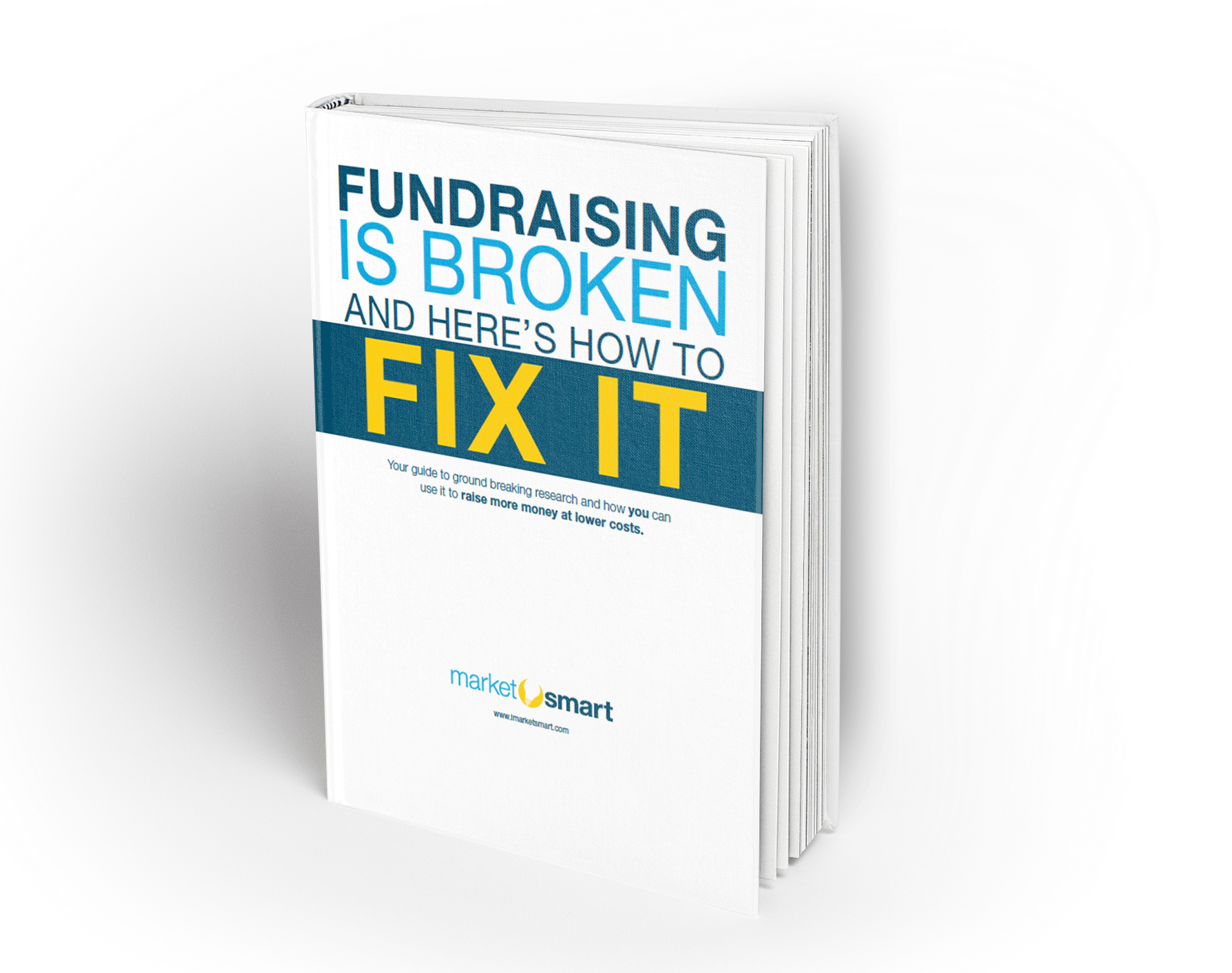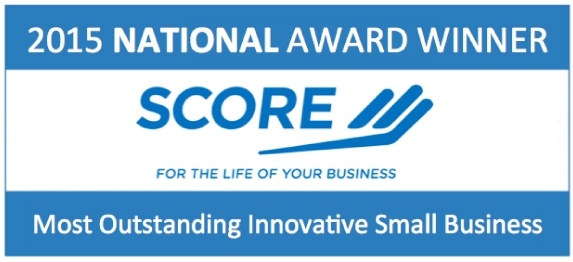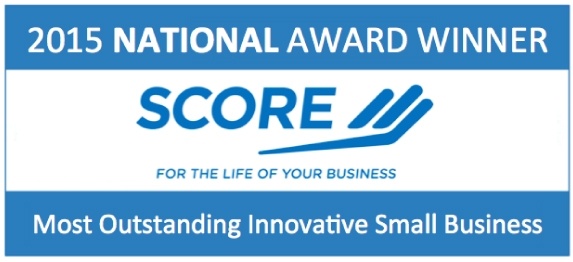 I know, I know... you love your planned giving newsletter.
I know, I know... you love your planned giving newsletter.
After all, it's an easy marketing option (especially if you buy them from a vendor who has been creating them for you for decades). And, as they say, once an object is in motion, it stays in motion.
But, when I ask people, "Why do you do it?" they can't seem to give me good reasons. Instead, they provide vague responses such as:
- We need to build awareness
- We need to educate our donors
- We need to blanket the prospects that have high-planned giving scores
And the best (or worst) of all:
- We've always done it!
Don't get me wrong. There ARE instances when MarketSmart recommends a planned giving newsletter. In fact, one of our clients generates planned gifts and leads as a result of the newsletter we produce for them AND they also generate $200,000 in cash per issue. Yes! $200,000 each issue!!! That's my kind of planned giving newsletter.
For those who are addicted to their "spray and pray" planned giving newsletter, here are 7 solid reasons why you might want to consider retiring the project:
1. They are not part of a truly strategic plan. If your planned giving newsletter IS part of a smart, highly effective strategic plan AND you have been measuring their effectiveness carefully for years, then you should ignore this entire blog post. But keep in mind that blindly "building awareness" is not a strategic plan. Blindly "blanketing" your donors, or blindly "educating them" is not very strategic either. Rather, these are wishes, hopes and dreams— not strategic initiatives.
2. Their effectiveness is hard to measure. The measurement of quantifiable results within a certain timeframe is essential for determining effectiveness.![]() Are you measuring their effectiveness? Do you know how to measure their effectiveness? If your strategic goal is to educate your donors, then you probably should survey your donors every year asking the same questions that will determine benchmarks, increases and decreases in the percent of supporters who have achieved a clearly-defined education level. Sound hard? Well, suppose you spend $40,000 on planned giving newsletters. How long and what did it cost to raise that amount of money in the first place? I suggest you consider that before "spraying and praying" with yet another planned giving newsletter.
Are you measuring their effectiveness? Do you know how to measure their effectiveness? If your strategic goal is to educate your donors, then you probably should survey your donors every year asking the same questions that will determine benchmarks, increases and decreases in the percent of supporters who have achieved a clearly-defined education level. Sound hard? Well, suppose you spend $40,000 on planned giving newsletters. How long and what did it cost to raise that amount of money in the first place? I suggest you consider that before "spraying and praying" with yet another planned giving newsletter.
3. They are expensive. If you are printing them, you know that printing is expensive. Postage is expensive. Inkjetting addresses on them is expensive. Why not include a survey in the next one to determine if enough people are actually reading them to justify the expense? Or, better yet, include a mail-back reply that gives people the opportunity to opt-out. If they don't want 'em, why keep sending 'em? Wouldn't it be better to cull your list down to just the people who truly want to receive them? In marketing, we call these folks "subscribers". And, subscriber readership is always more valuable than non-subscriber readership. Newspapers across the country either do or don't have subscribers. Of course, the ones that have subscribers can charge much more for their advertising space because the advertisers know their ads have a better chance of actually being seen.
4. They harm the environment. Take a guess... what percent of your prospects are reading your printed newsletters? 1%? 5%? 15%? How many of your newsletters get thrown away instantly? 99%? 95%? 85%? If only 5% get read, then the energy used to print 95% of them is wasted. The gas the post office uses to deliver 95% of them is wasted. And so on... Plus, what about all the trash you are creating. Oh my! If yours is an environmental organization, what message might you be sending to your loyal donors?
5. They scare people into avoidance. Most planned giving newsletters focus a lot on death and taxes. The copy is often absent meaningful emotional messages that deliver true value to the donor experience. Instead, the copy is frequently downright scary— reminding donors about death and the IRS. Trust me on this, people avoid those subjects. Don't you? Instead, people prefer to think about life. They like to think about the meaning of their lives and how they can have a positive impact on future generations. Sadly, most planned giving newsletters don't focus on these topics at all.
6. They are very similar to one another. My mother in-law (now 72 years old) once showed me three planned giving newsletters she received over a relatively short period of time from three different charities. To her, they all looked and sounded very similar.. In fact, I think all of them might have been developed by the same vendor. How insulting is that? Donors want to feel special, don't they?
7. Most of your planned givers never got them. One of our clients (a very well-known nature conservation organization) once told me that 83% of their planned gifts come from people who were never in their database and never received a printed newsletter. Eight-three percent is a high number. I don't know if that number applies to you but the point I'm making is this: If you've been sending planned giving newsletters for 10 years (for example), you should be seeing some kind of proof that most of your planned givers today had actually been receiving your newsletters. Are you seeing that to be the case?
And what about SPAM emails?
Do you like spam? The true definition of spam is irrelevant or inappropriate messages sent on the Internet to a large number of recipients. Folks, spamming your donors is not nice and it's not fair. It's something you do TO your donors, not FOR them.
Points 1, 2, 5, 6 & 7 above also apply to "spray and pray" email blasts (otherwise known as SPAM). There are a bunch of vendors pushing canned, cookie-cutter email marketing on planned giving departments like yours. But the so-called "marketing" they recommend is really just SPAM. What's worse is that those vendors will try to lead you to believe that you are getting results from the blasts. They'll show you high open rates and low unsubscribe rates although neither of those measurements really matter much (or at all).
Since most of these SPAM emails will go straight into the trash bin, the true measurements you should be using to determine the effectiveness of your email marketing are:
- Click-thru rates- what percentage of the opens result in clicks (ask your vendor to show you these numbers today!)
- What happens after they click?
Do you get leads?
Do you find previously undisclosed gifts?
Do you generate revenue now?
How many of the "clickers" share your emails by forwarding them to others or posting them on their social media pages?
How much time do the "clickers" spend on your website?
Where do they click on on your website?
Etc.
Bottom line: I think planned giving newsletters and spam emails have the potential to do just as much harm than good (if not more). I beg you to take a close look at what you might be doing TO your supporters and make changes accordingly. If you take the time to do them right (or hire a vendor who knows how to do them right), you should definitely keep sending them out. Otherwise... KILL 'EM!
Want to see how MarketSmart does it? Drop me a line and I'll show you.
LIKE THIS BLOG POST? PLEASE SHARE IT AND/OR SUBSCRIBE










